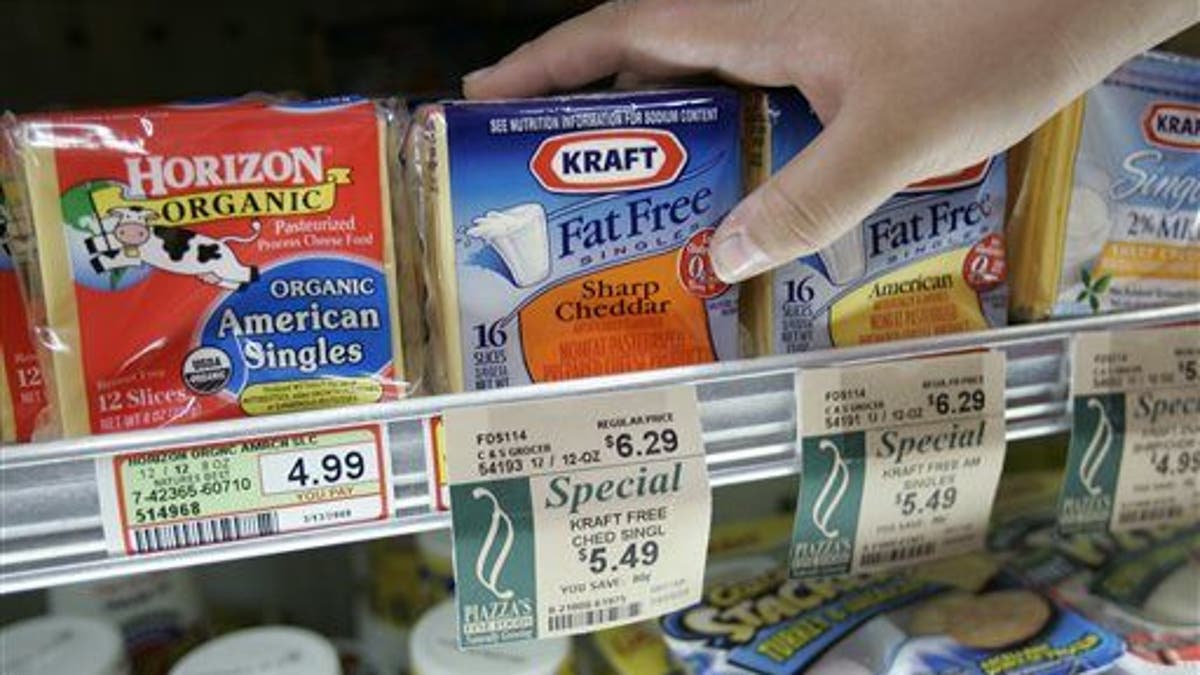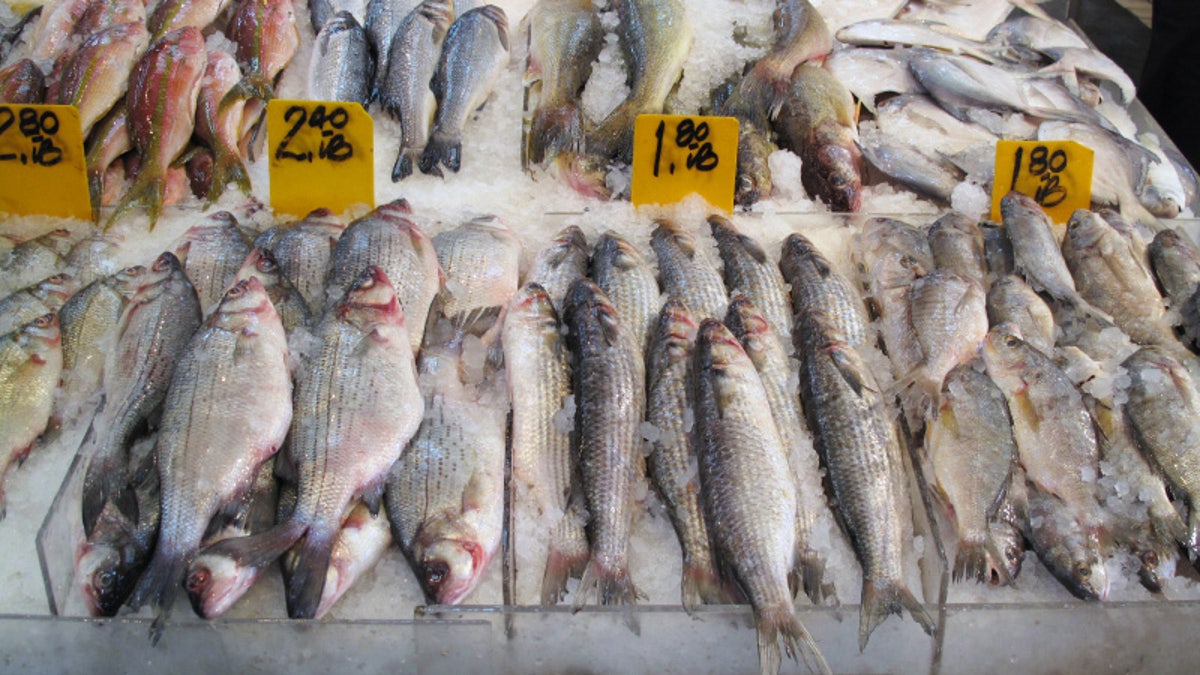
Are you really buying cheese? (AP Photo)
Everyday it seems we learn about a new food additive that may or may not kill us or hear about studies that say a food, once thought bad for your health, is now the best thing for you.
But what are consumers really missing when it comes to food?
Reader’s Digest conducted interviews with dozens of food industry experts for their latest feature that uncovers hidden tricks by food producers to confuse, hide and sometimes even deceive consumers.
Check out some of the most surprising things we learned.
1. Some producers hide sugar by giving it a fancy name.
Does sugar by any other name taste as sweet? Apparently so. If your product contains high-fructose corn syrup, cane crystals, dextrose, evaporated cane juice, agave nectar, or fruit juice concentrate, just consider it as bad for you as plain old sugar. "If a product has a lot of sugar, some companies will intentionally use two or more different types so sugar doesn’t end up being number one on the ingredients list," Walter Willett, MD, chairman of the department of nutrition at the Harvard School of Public Health in Boston, told the Digest.
2. A product labeled as 'cheese' may not have any cheese at all.
"To save money and simplify the production process, manufacturers take out some of the milk and replace it with processed milk protein concentrate or whey protein concentrate. Under FDA guidelines, those products can’t be called cheese; instead they’re called pasteurized prepared cheese products," Melanie Warner, author of "Pandora’s Lunchbox: How Processed Food Took Over the American Meal," told the Digest.
3. The FDA inspects less than 2 percent of fish exports.

(iStock)
We've heard about the rampant issues affecting the tilapia industry, but it turns out it may be quite easy for tainted seafood to make it into the U.S. The U.S. inspects a tiny fraction of seafood imported into the country. By contrast, the European Union inspects 20 to 50 percent of their seafood imports. Since the U.S. imports 90 percent of its seafood, it means that a lot of seafood could be loaded with banned drug residues or other contaminants before it reaches your dinner table.
4. Food companies can use whatever additives they want without FDA approval.
“For many additives that go into food, our regulatory system is pretty close to nonexistent," Melanie Warner, told the Digest. "The FDA lets food manufacturers do their own safety testing and decide independently whether ingredients are ‘generally recognized as safe.’" That means there are no industry-wide testing rules for new additives.
5. Sourdough bread came from rodent feces.
Okay, this one had us scratching our heads but don't worry there are no rat droppings in bread-- at least we hope. Many foods we eat today have a very interesting history. The bacteria originally responsible for that signature sour flavor you get in sourdough bread originally came from rodent feces.
6. The louder the crunch, the more people will like a chip.

(iStock)
Frito-Lay conducted some official tests to find out how people like their chips. Using a $40,000 machine that simulated a mouth chewing, the product development team found that most people prefer a chip that "snaps with about four pounds of pressure per square inch."
7. Whole-wheat pasta may be bad for diabetics.
White flour may be the devil to some eaters, but if you're prone to diabetes, choosing multi-grain or whole-wheat pasta may be a mistake. Whole wheat pasta often has more starch than regular due to the way it's ground. Like any product, Kantha Shelke, PhD advises consumers to check labels to look for a pasta with a low glycemic index before tossing it mindlessly into the cart.
8. The U.S. spends less on groceries than most countries.
While we may shell out for food in other ways, when it comes to grocery spending, people in the U.S. are actually spending much less than those in other parts of the world.
'Few people know that the United States has the lowest percentage of any industrialized country in the world.” Roger Lowe, executive vice president of communication at the Grocery Manufacturers Association, told the Digest. In 2012, we spent about 6.4 of our income on groceries. Other high income countries spend about double that-- the Swedish shell out about 12 percent of their annual income on food while the Swiss spent 11 percent. That doesn't mean food is cheaper here, in fact it's the opposite-- but the overall expenditure as a percentage of income is far less.
